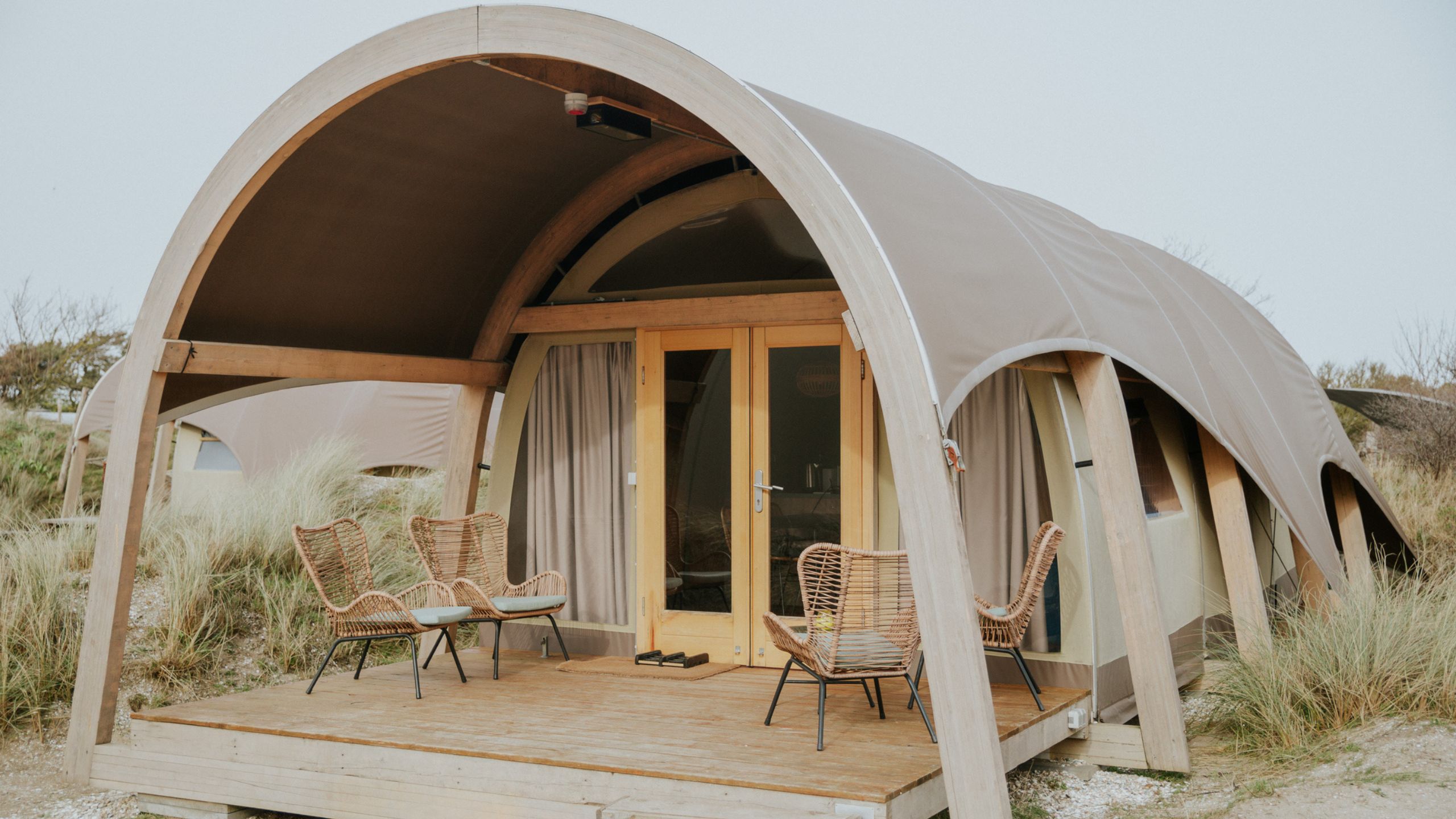
The Rise of Glamping: What It Means for Traditional Campgrounds
Glamping isn’t a passing trend — it’s reshaping outdoor hospitality. Once considered niche, the global glamping market is now projected to surpass $7 billion by 2030, growing at double-digit rates annually. From Airstreams and yurts to tiny cabins and safari tents, glamping is pulling in travelers who want the outdoors without sacrificing comfort.
For traditional campgrounds and RV resorts, this raises a critical question: Do you view glamping as competition — or as opportunity?
The answer should be clear. If you want to remain relevant, competitive, and profitable, it’s time to adapt. Here’s how.
1. Recognize the Shift in Guest Expectations
Today’s travelers aren’t just looking for a site with hookups. They’re looking for experiences. They want nature with comfort, adventure with convenience.
- Millennials and Gen Z are driving the trend — these guests are willing to pay more for unique stays.
- Families are looking for weekend escapes that are easy, fun, and Instagrammable.
- Retirees and professionals are seeking relaxing, low-effort ways to enjoy the outdoors.
Example: AutoCamp didn’t invent Airstreams. But by pairing them with high-design branding and hotel-like service, they’ve turned simple trailers into a premium lifestyle experience.
Takeaway for Campgrounds: Even if you don’t add glamping units, you need to elevate your storytelling and brandingto meet these rising expectations.
2. Test Glamping Units Without Massive Investment
Adding glamping doesn’t have to mean millions in new construction. Start small, test demand, and scale.
📌 Options to consider:
- Yurts or safari tents — Lower upfront costs, high guest appeal.
- Park model cabins or tiny homes — Permanent but versatile options that extend your season.
- Retrofit existing cabins — Update décor, add premium bedding, and rebrand as “glamping cabins.”
- Unique stays — Think vintage Airstreams, geodesic domes, or treehouses if your property layout allows.
Case Example: A mid-sized RV park in Tennessee introduced just four safari tents as a pilot. They sold out months in advance and generated double the ADR (average daily rate) of standard RV sites.
Takeaway for Campgrounds: Start with 3–5 units to test the market. Use early results to guide expansion.
3. Reposition Existing Amenities as “Experiences”
You don’t need new units to tap into the glamping demand. Often, it’s about how you frame what you already offer.
- A campfire circle becomes “community firepit nights with s’mores.”
- A walking trail becomes “self-guided nature hikes with birding tips.”
- A basic cabin becomes a “rustic getaway with modern comforts.”
Example: KOA has rebranded many of its cabins under “Deluxe Cabins,” leaning into the comfort-meets-outdoors positioning. Guests pay a premium, even when the structure is similar to what campgrounds have had for decades.
Takeaway for Campgrounds: Look at your amenities through the lens of experience rather than features. Sell the story, not the structure.
4. Build Packages That Appeal to Glamping Guests
Glamping travelers want curated experiences, not just lodging. By creating packages, you can increase revenue and appeal to this new audience.
📌 Ideas:
- Adventure Packages: Stay + guided hike, kayak trip, or fishing excursion.
- Wellness Retreats: Stay + yoga, massage, or meditation sessions.
- Local Flavor: Stay + winery tour, brewery tasting, or farm-to-table dinner.
Example: Under Canvas partners with national park guides and outfitters to offer bundled experiences that fit their “luxury adventure” brand.
Takeaway for Campgrounds: Partner locally, package creatively, and promote your campground as the basecamp for curated outdoor escapes.
5. Invest in Visual Branding and Marketing
Glamping is aspirational. Guests don’t just want a place to stay; they want a story to share. That means your branding and marketing need to be as elevated as the experiences you offer.
- Invest in professional photography that highlights your unique accommodations and setting.
- Showcase real guest experiences on social media (campfires, cozy interiors, starry skies).
- Update your website design to match the premium feel — clean, modern, and mobile-first.
Example: Getaway has built an entire brand around “tiny cabins in nature.” Their website is minimalist, their photography is consistent, and their messaging (“Escape the city. Find yourself in nature.”) connects emotionally.
Takeaway for Campgrounds: Even if you only have a handful of unique stays, branding them well can set you apart from competitors still marketing with outdated websites and generic photos.
6. Adjust Pricing Strategy to Reflect Value
One of the biggest advantages of glamping is pricing power. Guests expect to pay more for unique, comfortable, and memorable accommodations.
- RV sites may average $50–$100 per night.
- Glamping units can range from $150–$400+ per night depending on amenities and location.
The key is to align your pricing with the story you’re telling. If your branding and booking experience feel premium, guests will pay premium rates.
Example: A campground in Oregon rebranded its cabins as “riverfront glamping lodges” after upgrading the décor and adding a hospitality-style welcome kit. Occupancy jumped, and ADR nearly doubled.
Takeaway for Campgrounds: Don’t underprice glamping. Lean into its value — and make sure your digital presence supports that perception.
7. Learn, Adapt, and Iterate
The most successful outdoor hospitality brands didn’t build empires overnight. They tested, learned, and evolved.
- Start small with a few units or rebranded cabins.
- Gather feedback from guests and track reviews.
- Refine your amenities, pricing, and marketing based on data.
By treating glamping as a growth experiment rather than an all-or-nothing bet, you reduce risk while positioning your campground to thrive as demand grows.
Final Thought
The rise of glamping doesn’t signal the end of traditional camping or RV travel. It signals a shift in expectations — one that rewards properties who see opportunity instead of competition.
If you’re a traditional campground or RV resort, the question isn’t “Should I adapt?” The question is “How quickly can I adapt?”
By adding a few glamping units, reframing existing amenities as experiences, building packages, and elevating your branding, you can capture new markets, increase nightly rates, and future-proof your property.👉 Want to explore how your campground can adapt to the glamping trend? Request a free Brand + Website Audit with Meet at Basecamp.



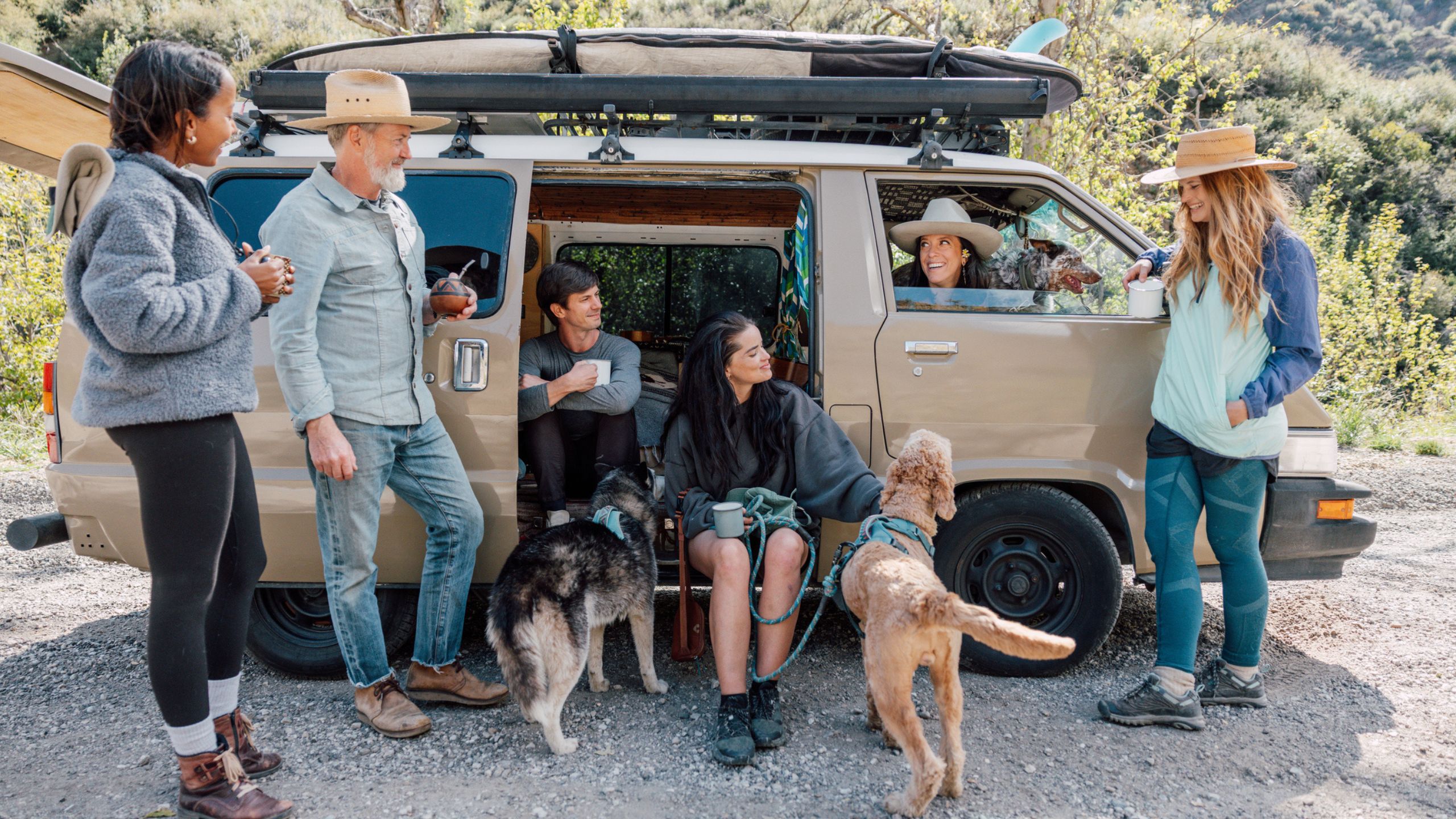
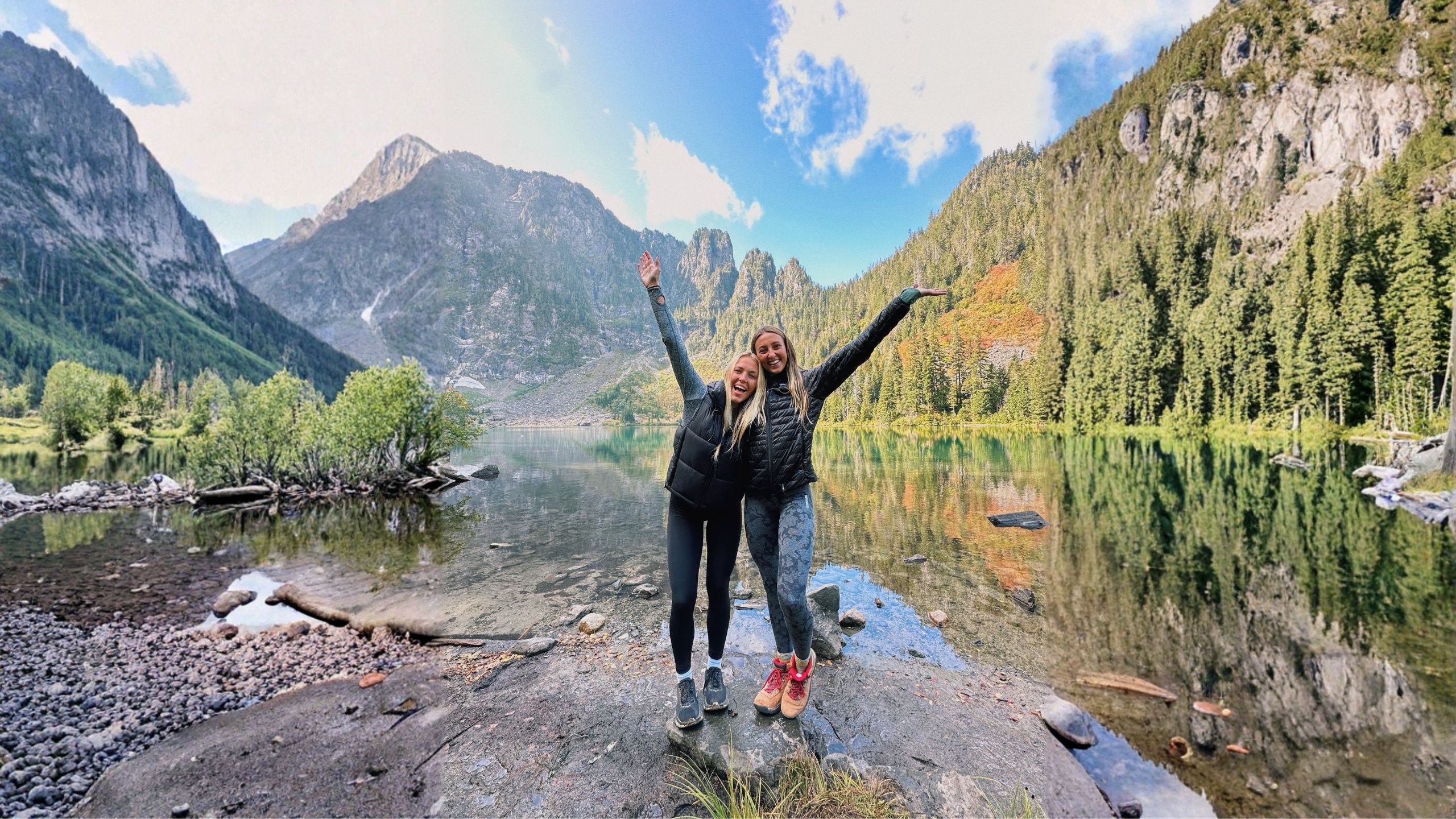
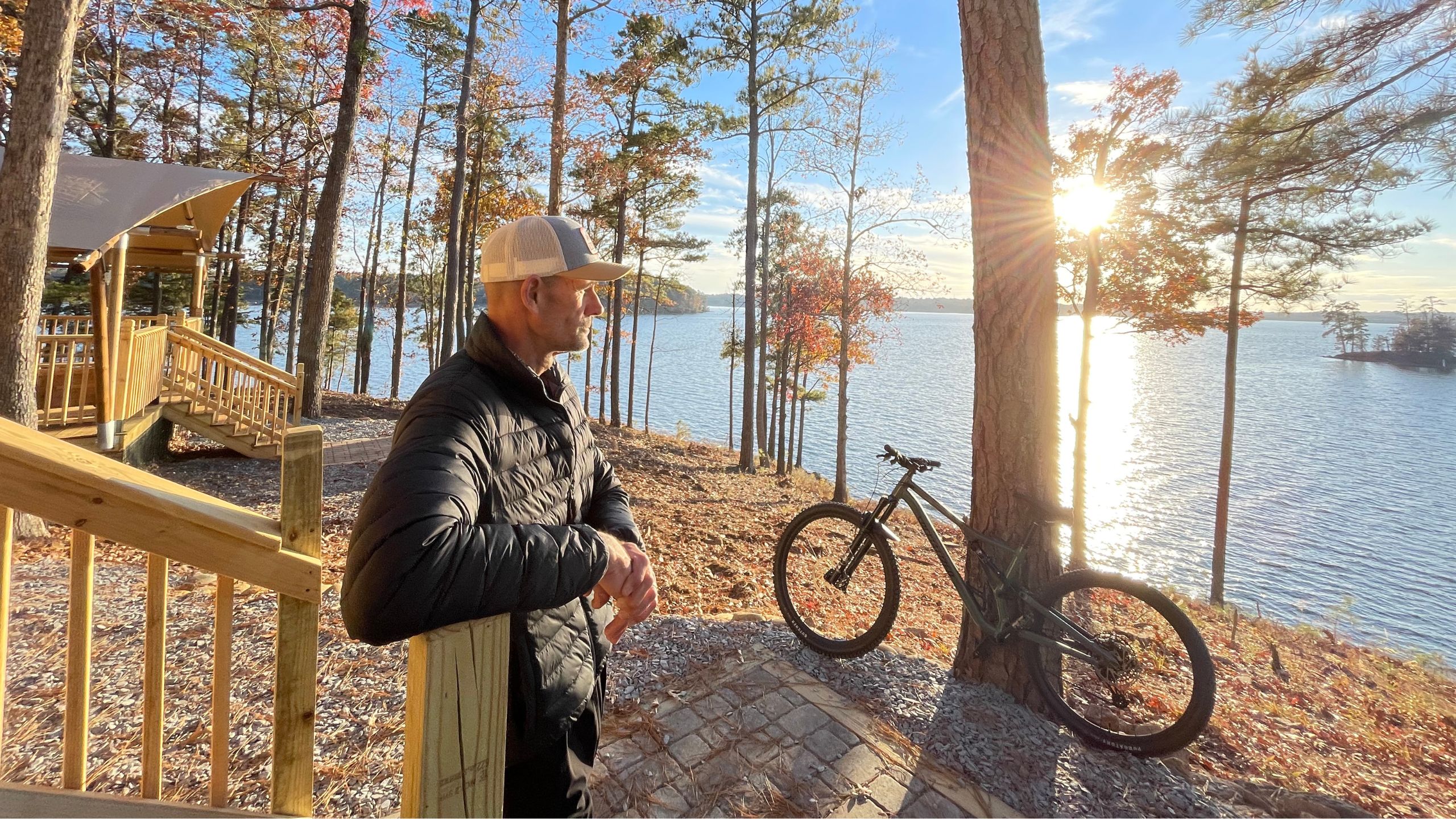
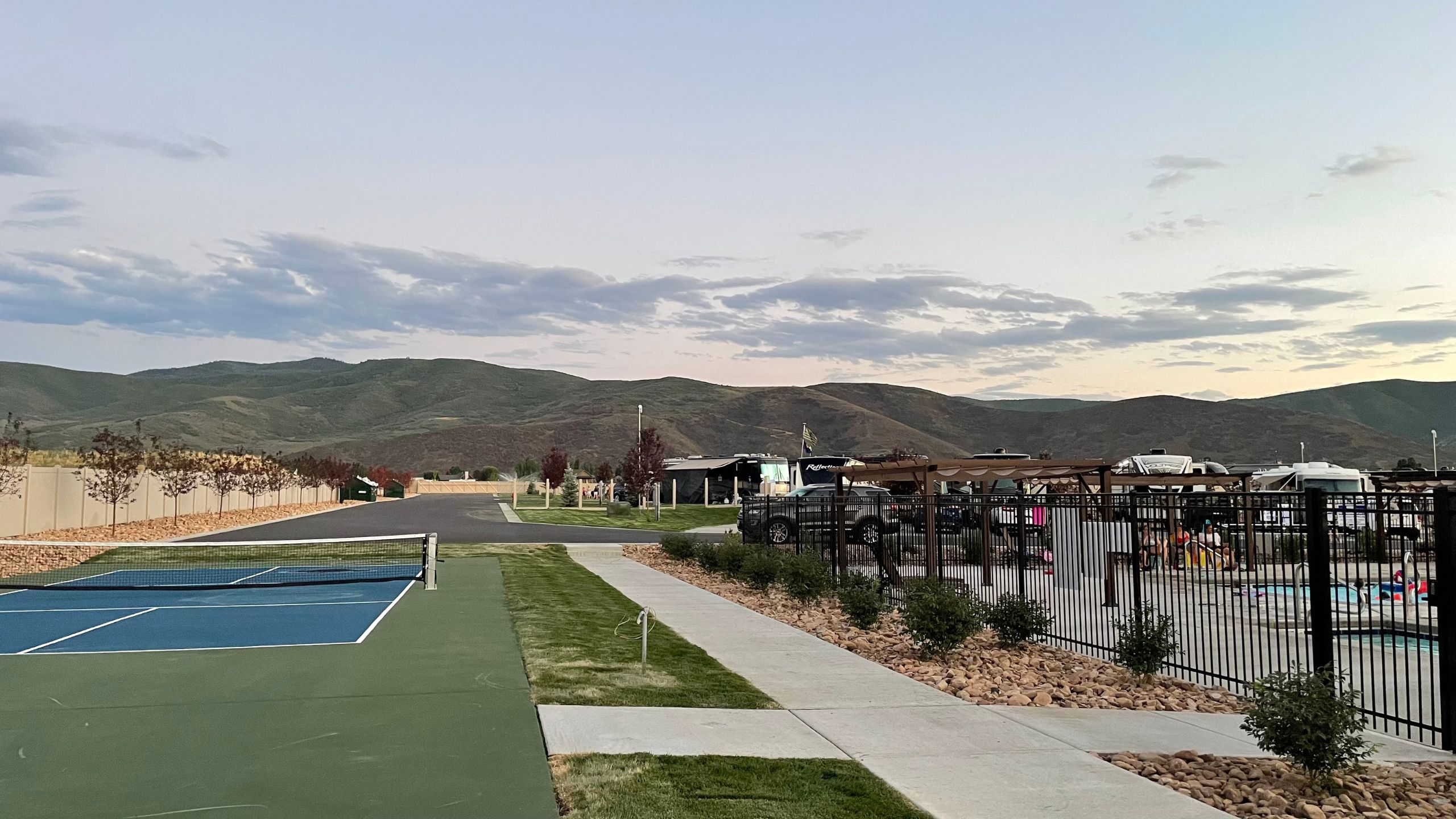
Leave a comment: